1. Rattlesnakes: Hiding in Plain Sight

Shutterstock
Rattlesnakes are known for their remarkable ability to stay cool in the hottest climates. When the heat becomes unbearable, they utilize a clever tactic of hiding underground or in cool, shaded spots. These snakes are equipped with a unique biological trick: they can go without water for long periods, relying on the moisture from their prey to keep hydrated. Their prey, typically small mammals or birds, provides them with essential water content, which the rattlesnakes absorb through digestion. This adaptation allows them to survive in some of the driest, hottest areas without needing to find water sources regularly. Their ability to be opportunistic feeders in such harsh conditions makes them masters of heat survival in the desert.
2. Kangaroo Rats: Conserving Water Like Pros
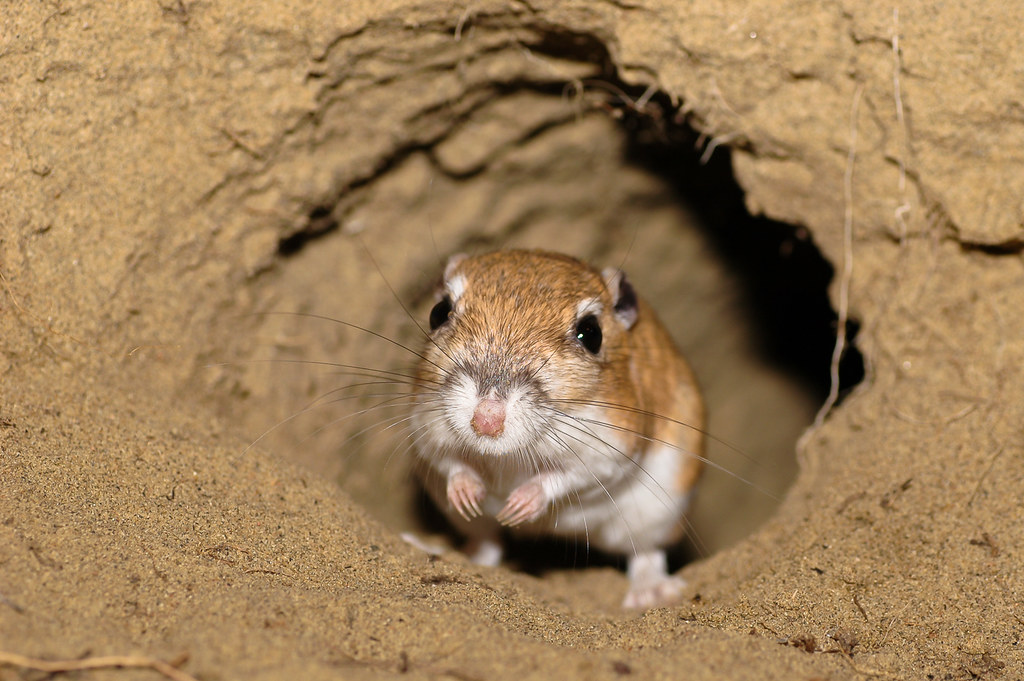
Flickr
Living in the scorching desert of North America, the kangaroo rat is a true master of water conservation. These tiny rodents are equipped with highly efficient kidneys that help them retain water like a sponge. In fact, they can go their entire lives without drinking a single drop of water! How? They get all their moisture from the seeds they eat, which are often high in water content. Moreover, they are nocturnal creatures, meaning they avoid the blistering daytime heat by staying hidden in their burrows. This strategic nocturnal behavior, combined with their ability to extract water from their food, ensures they can thrive in places where most animals would quickly dehydrate.
3. Fennec Foxes: Big Ears for Heat Dissipation
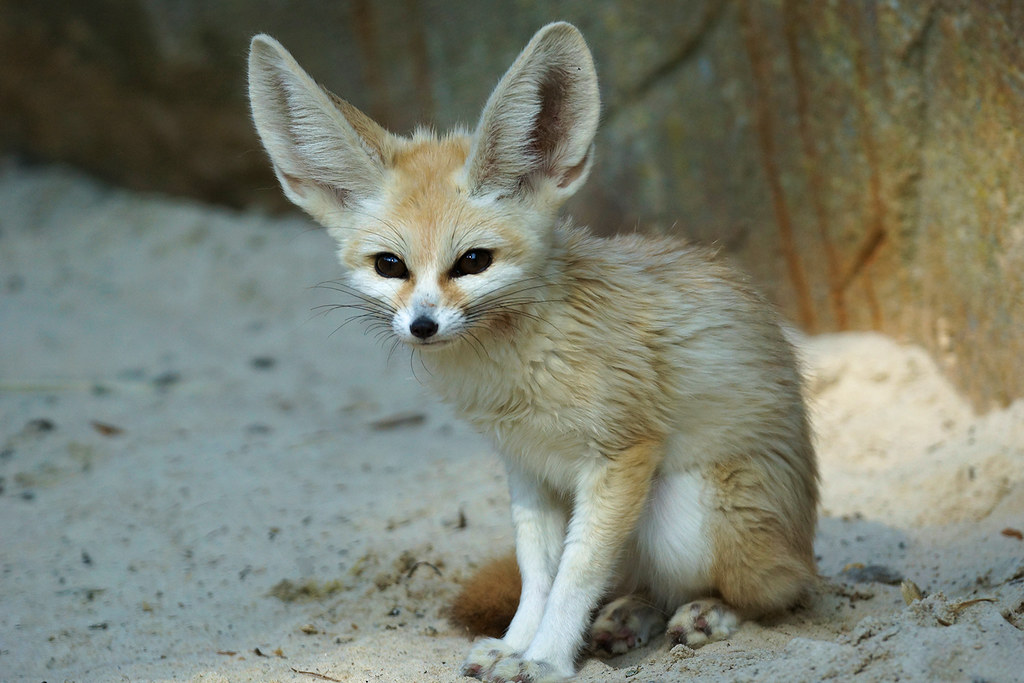
Flickr
The fennec fox, native to the deserts of North Africa, has an ingenious way of keeping cool in extreme heat: oversized ears. These large ears act like natural radiators, helping to dissipate heat and regulate the fox’s body temperature. While the fox may appear cute, those big ears are functional, enabling them to stay cool under the blazing desert sun. Not only do the fennec fox’s ears help with temperature regulation, but their thick fur also provides insulation from both the heat during the day and the cold desert nights. These adaptations allow them to maintain a comfortable body temperature, whether it’s scorching hot during the day or freezing at night.
4. Camels: The Kings of Dehydration Resistance
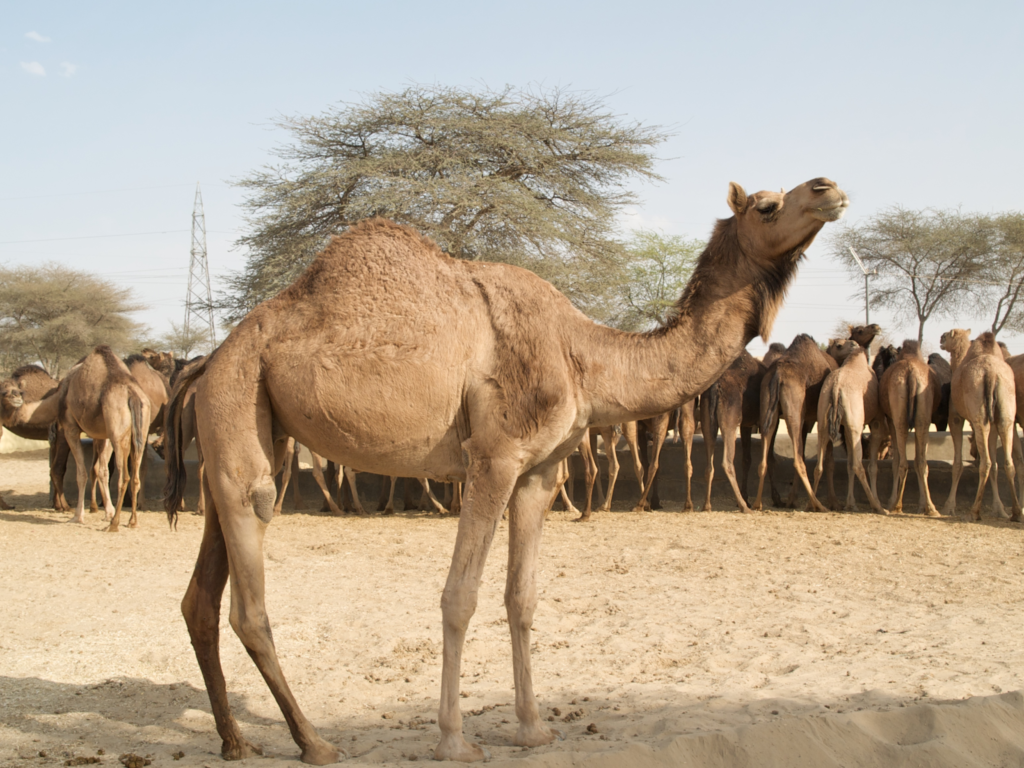
Wikimedia Commons
When we think of animals that can beat the heat, camels undoubtedly come to mind. Often referred to as the “ships of the desert,” these creatures are designed for survival in one of the most unforgiving environments on Earth. Camels have the incredible ability to go without water for days or even weeks. Their secret? They can lose up to 25% of their body weight in water without ill effects. Camels have specialized cells in their bodies that minimize water loss, and they also store fat in their humps, which can be broken down into water and energy when needed. This, along with their ability to conserve water through their unique body mechanisms, makes them the ultimate survivors in arid environments.
5. Desert Tortoises: Burrowing for Survival
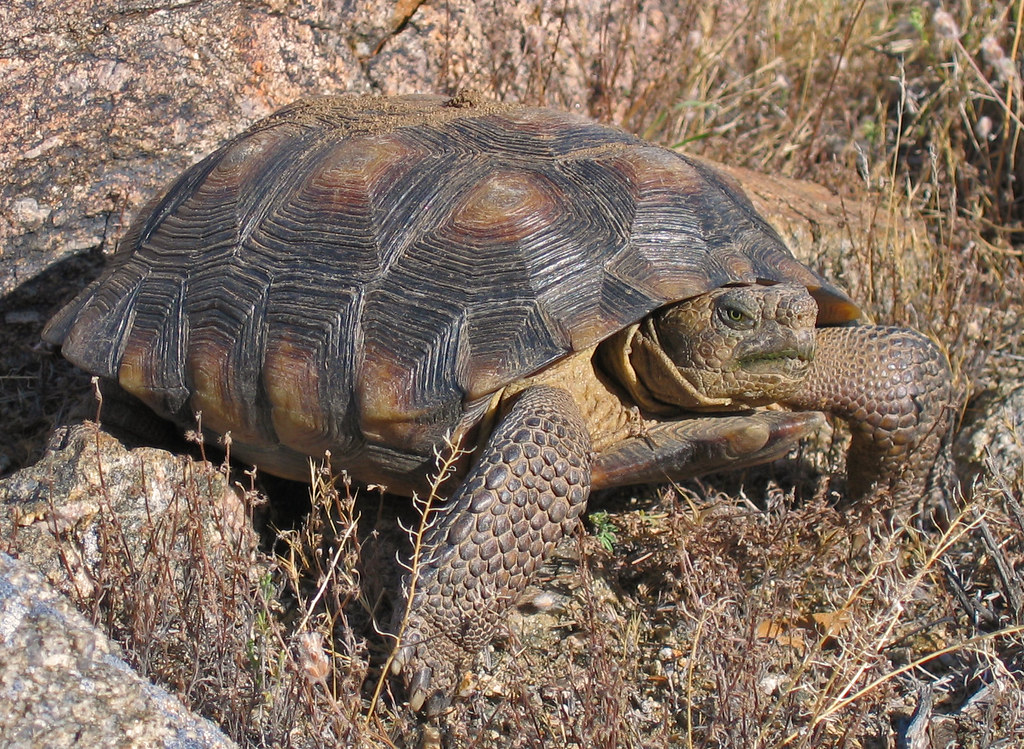
Flickr
Desert tortoises have a brilliant strategy for surviving the punishing heat of the American Southwest: they burrow. When temperatures soar, these slow-moving reptiles dig deep into the ground to find cooler, more humid areas where they can retreat from the harsh sunlight. Their burrows act as both a refuge from the heat and a place to store water. Tortoises are able to store water in their bladders, which they can slowly absorb to keep hydrated during droughts. These reptiles are known for their patience and resilience, emerging from their burrows only when it’s cooler, usually at dawn or dusk. This ability to avoid the hottest part of the day allows them to conserve water and stay safe.
6. Kangaroos: Licking to Stay Cool
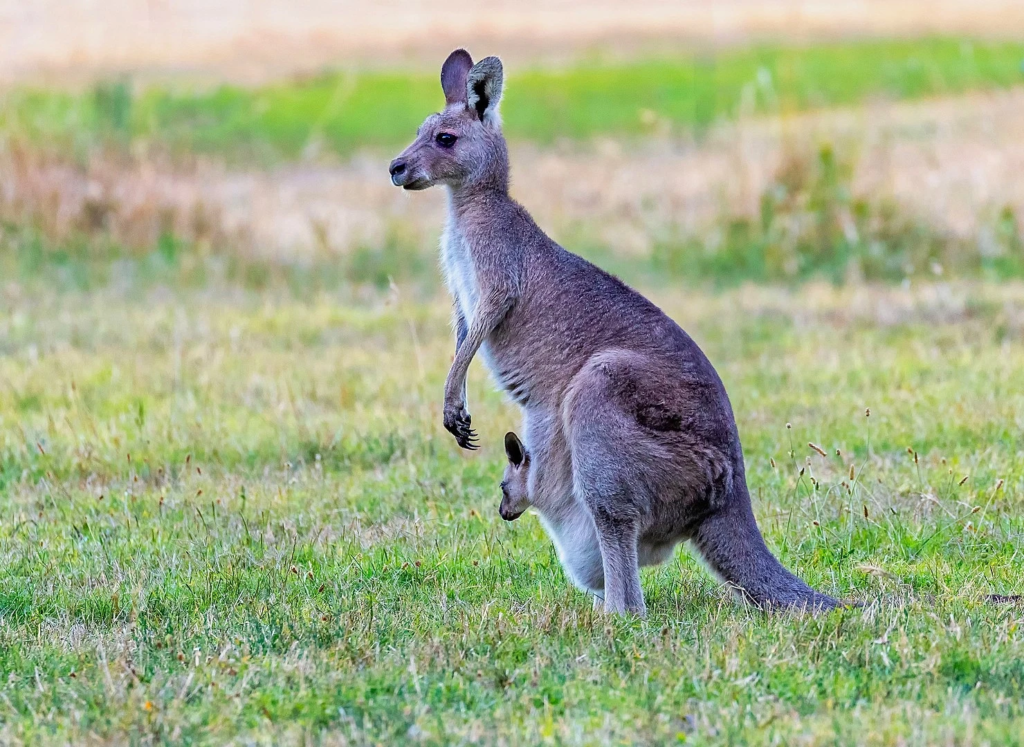
Animalia
Kangaroos, iconic symbols of the Australian Outback, have their own ways of coping with heat. Unlike many other mammals, kangaroos use a unique technique to cool down: they lick their forearms. This may seem like a curious habit, but the moisture left behind from their saliva evaporates from their skin, cooling them down in the process. Kangaroos are also known to rest in the shade during the hottest part of the day and remain relatively inactive, conserving energy. Their large, muscular tails are also effective at stabilizing their movements and ensuring they don’t overexert themselves while hopping across the sun-baked landscape.
7. Spiny Desert Larks: Staying Active in the Early Morning
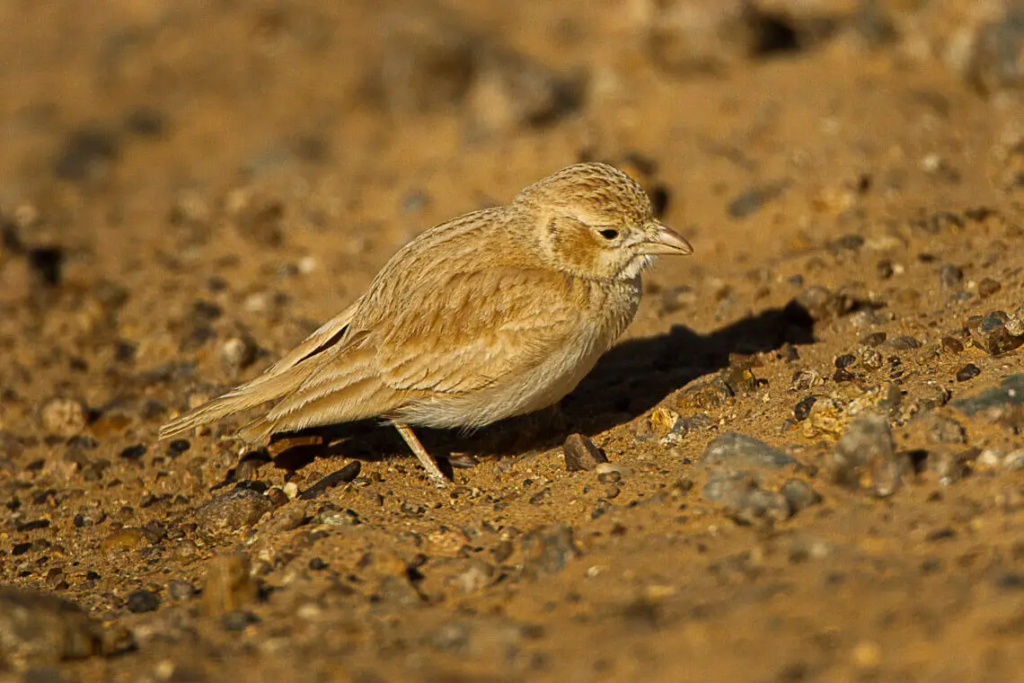
Animalia
Spiny desert larks have adapted to survive the harsh conditions of the desert by being early risers. These birds are most active during the early morning hours, before the sun fully rises and the temperatures reach unbearable levels. They forage for food and drink early, ensuring they’ve met their daily hydration needs before the heat sets in. By staying cool in the early morning and taking shelter during the scorching midday heat, they minimize their exposure to the sun. This clever strategy ensures they have the energy to make it through the day and avoid the deadly heat of the desert.
8. Saharan Silver Ants: The Heat Champions
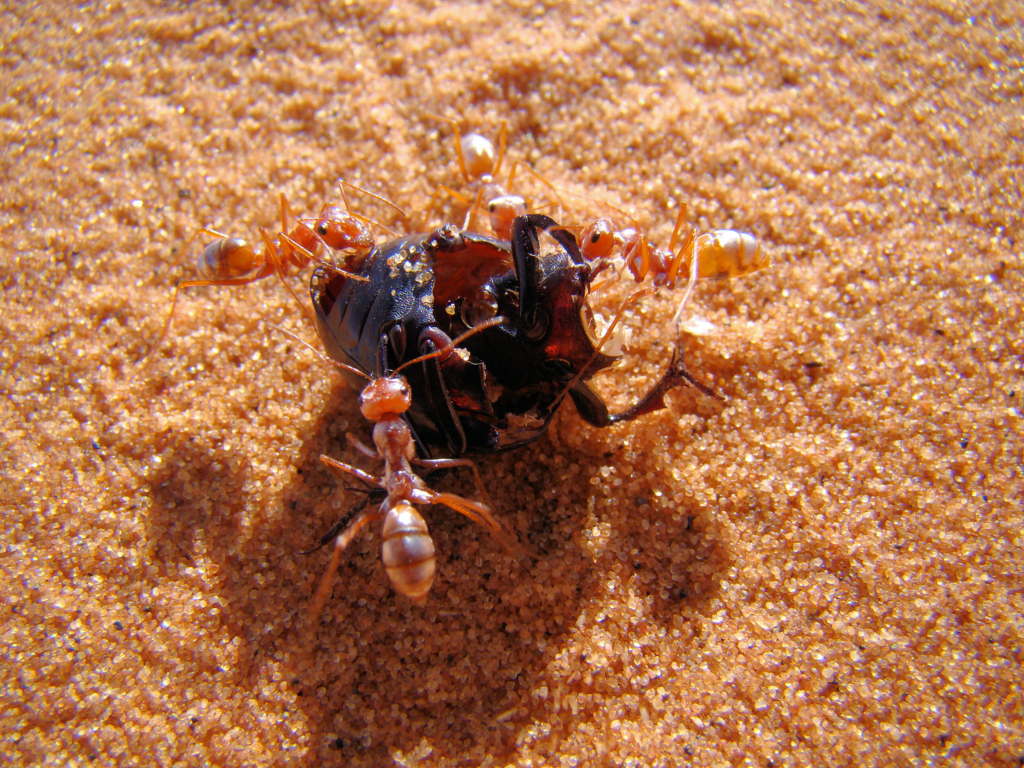
Wikimedia Commons
Known as the fastest and most heat-tolerant ants in the world, Saharan silver ants have adapted to thrive in temperatures that would be deadly to most other creatures. These ants can survive body temperatures up to 128°F (53°C), which is nearly 10°F higher than any other known animal. Their secret lies in their unique bodies, which are covered in silvery hairs that reflect sunlight, preventing them from overheating. These ants are highly active during the hottest part of the day, foraging for food in the blistering heat, and their heat tolerance is so advanced that they have evolved to be the dominant species in their harsh desert environment.
9. Gila Monsters: Slow and Steady Wins the Survival Race
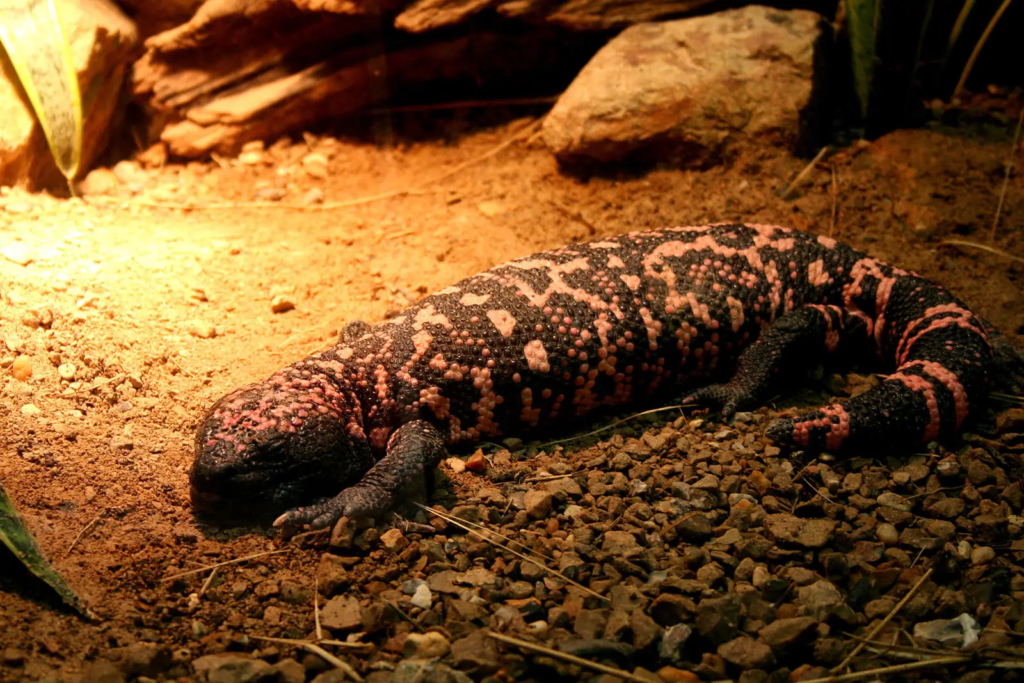
Animalia
The Gila monster, a venomous lizard found in the deserts of the American Southwest, takes a more methodical approach to dealing with extreme heat. Rather than staying active during the day when temperatures are unbearable, Gila monsters are mostly nocturnal or crepuscular. During the hottest parts of the day, they retreat to their burrows, where they remain in cooler conditions. They also have a slow metabolism, allowing them to conserve energy and moisture when water sources are scarce. Gila monsters are known to drink large amounts of water when available, storing it for later use when conditions become harsh again.
10. Zebras: Sweating It Out
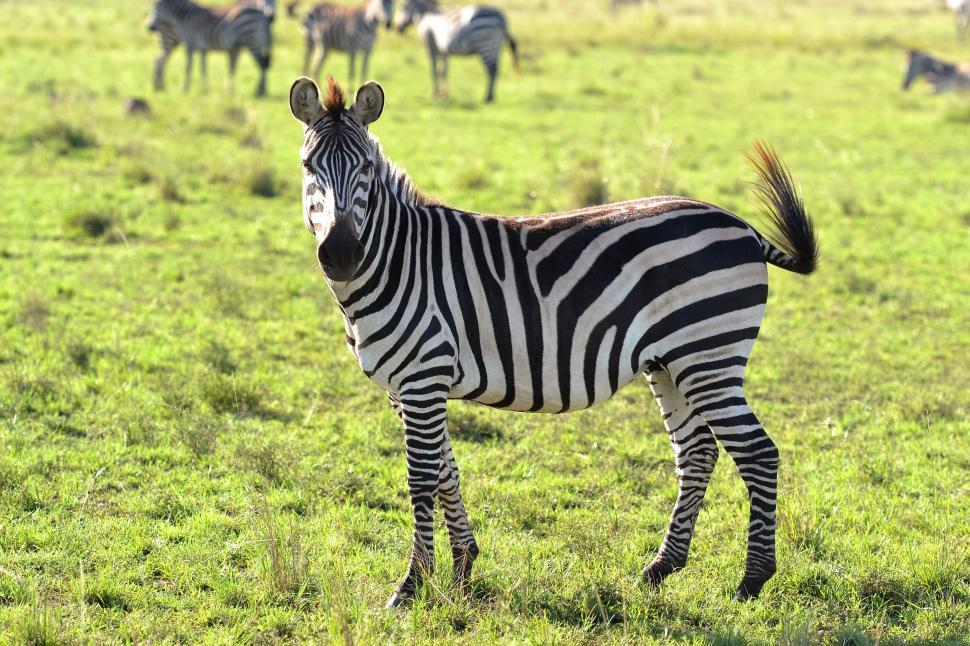
Freerange Stock
Zebras, native to the African savannas, are built for high temperatures, but they still need to stay hydrated to thrive in the heat. Their strategy? They sweat it out. Unlike most mammals, which sweat primarily to regulate temperature, zebras produce a special kind of sweat that contains a substance called latherin. This compound causes their sweat to foam, helping it evaporate more effectively and cool their bodies down faster. The foamy sweat also acts as a protective barrier against insects like ticks and flies, which can be a nuisance in the African heat. By sweating, evaporating, and keeping their activity to a minimum during peak heat, zebras are able to maintain a steady body temperature throughout the day.
11. Jerboas: Specialized for Dry Heat
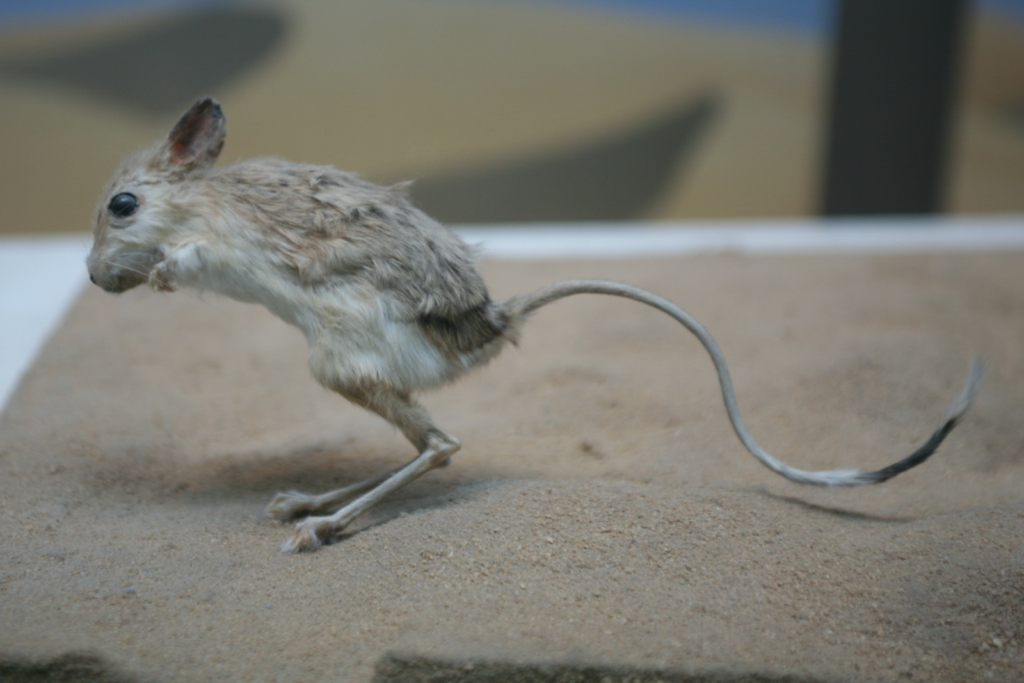
Wikimedia Commons
Jerboas, small nocturnal rodents found in Africa and Asia, have developed a variety of tricks to cope with dry desert heat. With their long legs and large hind feet, jerboas are built for jumping, allowing them to cover large distances in search of food and shelter. These little creatures are also equipped with very efficient kidneys, which help them conserve water and stay hydrated. Like kangaroo rats, they can survive without drinking water directly, instead relying on the moisture from seeds and plants they consume. Their burrows also provide a cool refuge from the blistering daytime heat, and they emerge at night to forage, avoiding the sun entirely.
12. Frosted Glass Frogs: The Coolest of the Cool
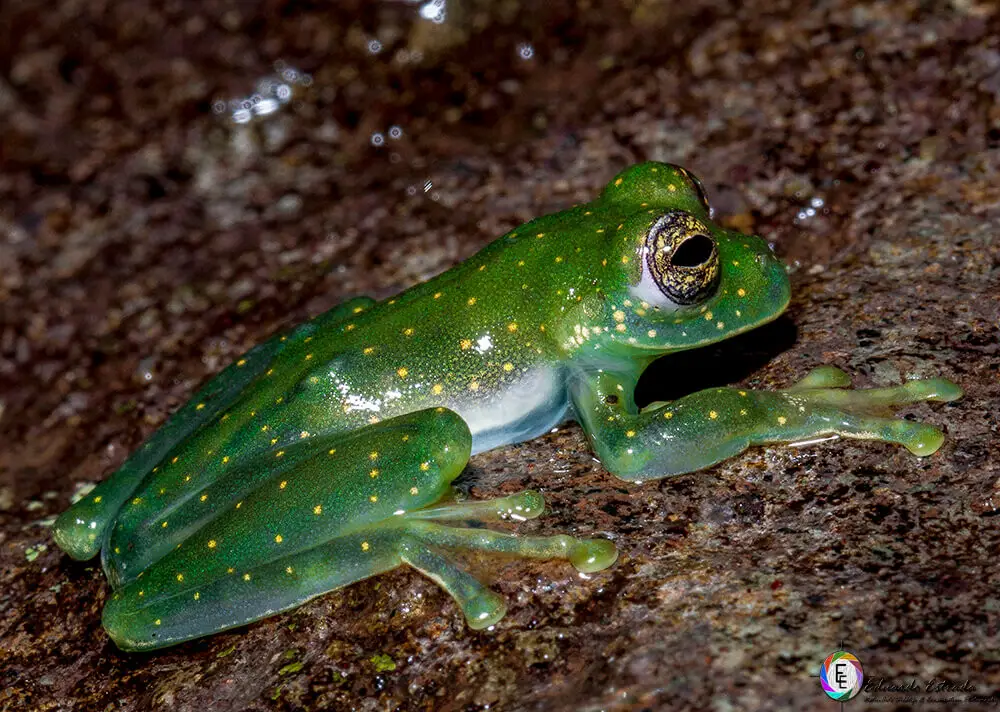
Animalia
While it may seem counterintuitive, some amphibians like the frosted glass frog have adapted to extreme heat by staying at higher altitudes. Living in the cloud forests of Central and South America, these frogs are known for their ability to stay cool in the thick air of the mountainous regions. While not a direct survival tactic for heat, their habitat provides them with more stable temperatures and moisture, which they can use to stay hydrated and cool. These frogs are particularly known for their transparent skin, which lets you peek at their organs, making them fascinating to observe. By staying high in the mountains, they avoid the oppressive heat of the lower altitudes.
13. Elephants: Keeping Their Cool with Water and Mud
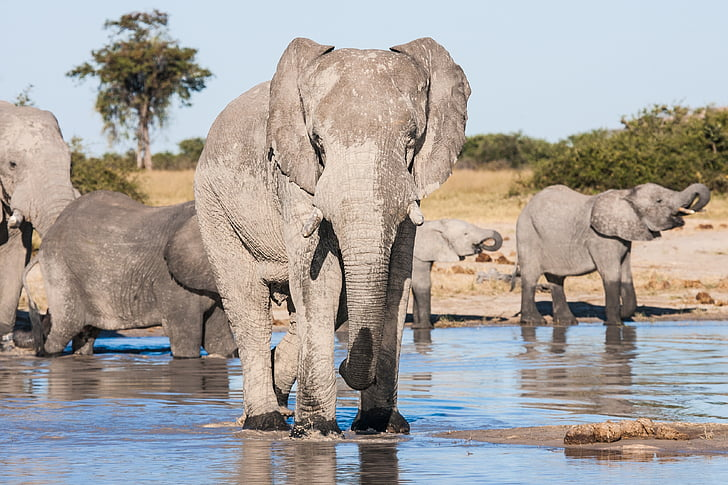
PickPik
Elephants are known for their intelligence and complex social structures, but they also have some incredible strategies for staying cool in hot climates. In regions like sub-Saharan Africa and parts of Asia, where temperatures often soar, elephants use their trunks to spray themselves with water, helping to cool off their massive bodies. They also enjoy rolling in mud, which serves as both a cooling agent and a natural sunscreen. The mud helps protect their skin from sunburn and insect bites, and it’s also an effective way to lower their body temperature. These gentle giants can be seen near watering holes, constantly spraying water over their bodies and enjoying the cooling effects of the mud.
14. Mountain Lions: Avoiding Peak Heat Hours
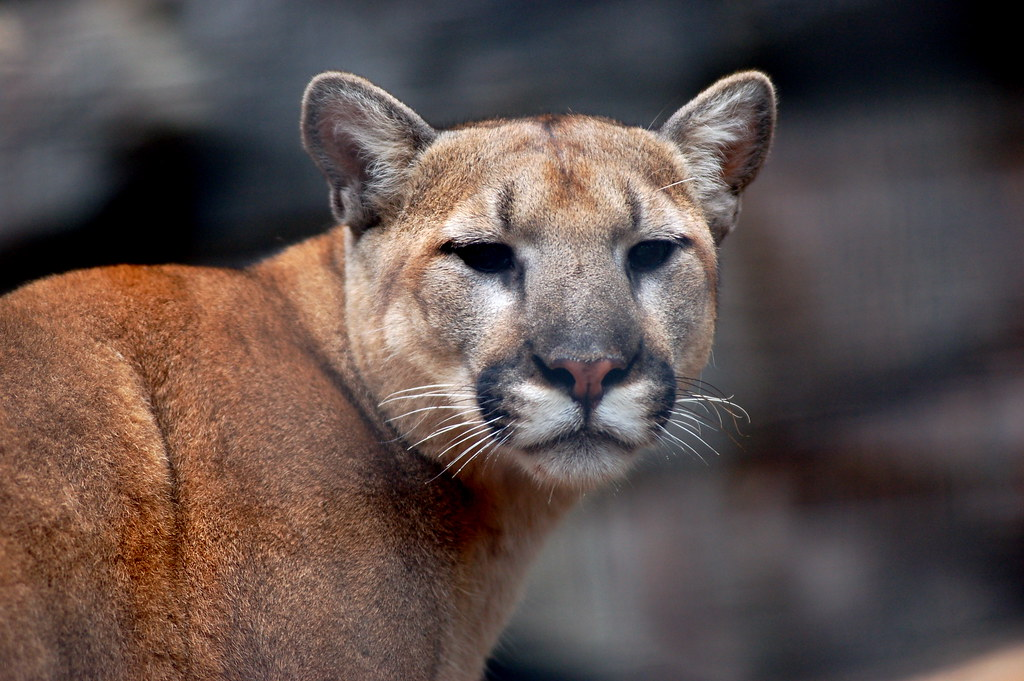
Flickr
Mountain lions, also known as cougars, have learned to avoid the peak heat hours to maintain their strength and hydration. These solitary predators are most active during dawn and dusk, when temperatures are cooler and prey is more abundant. They use their keen senses to track prey, ensuring that they can find food while minimizing their exposure to the midday heat. This strategy allows them to conserve their energy and remain hydrated, hunting when the conditions are favorable. Mountain lions are built for endurance, able to cover large areas in search of prey, but they’re also careful not to overexert themselves during the hottest parts of the day.
15. Pygmy Goats: Seeking Shade and Hydration
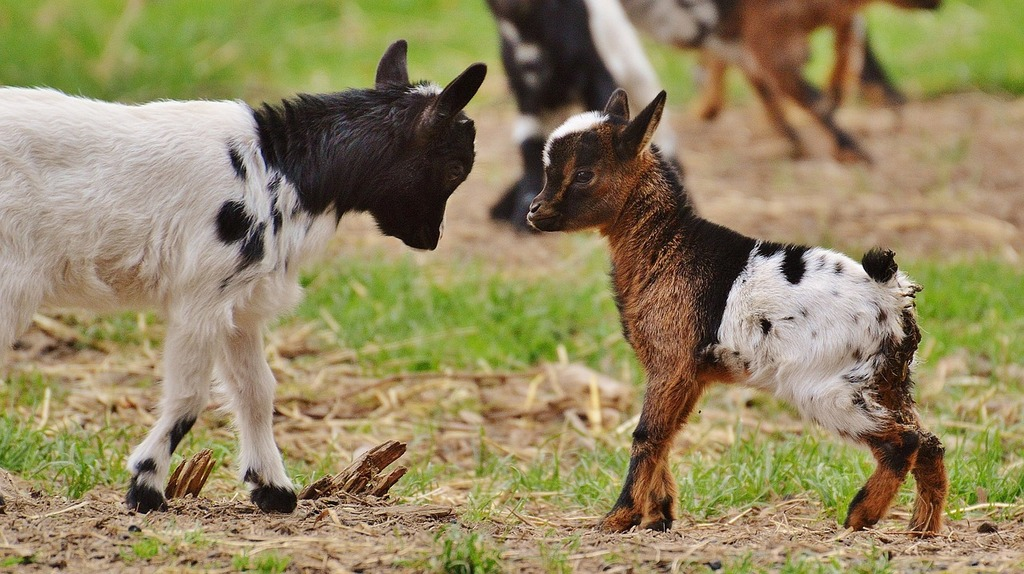
Picryl
Pygmy goats, often kept as pets or livestock, are naturally suited for surviving heat due to their small size and adaptability. These goats instinctively seek out shade during the hottest parts of the day and are known to drink more frequently than other animals. They have a specialized digestive system that helps them conserve moisture while still extracting nutrients from the plants they eat. Additionally, pygmy goats are highly resourceful, using their agility to navigate difficult terrain in search of food and water. This ability to find resources and take advantage of shade helps them stay cool in hot, dry environments, making them well-suited for survival in the heat.


